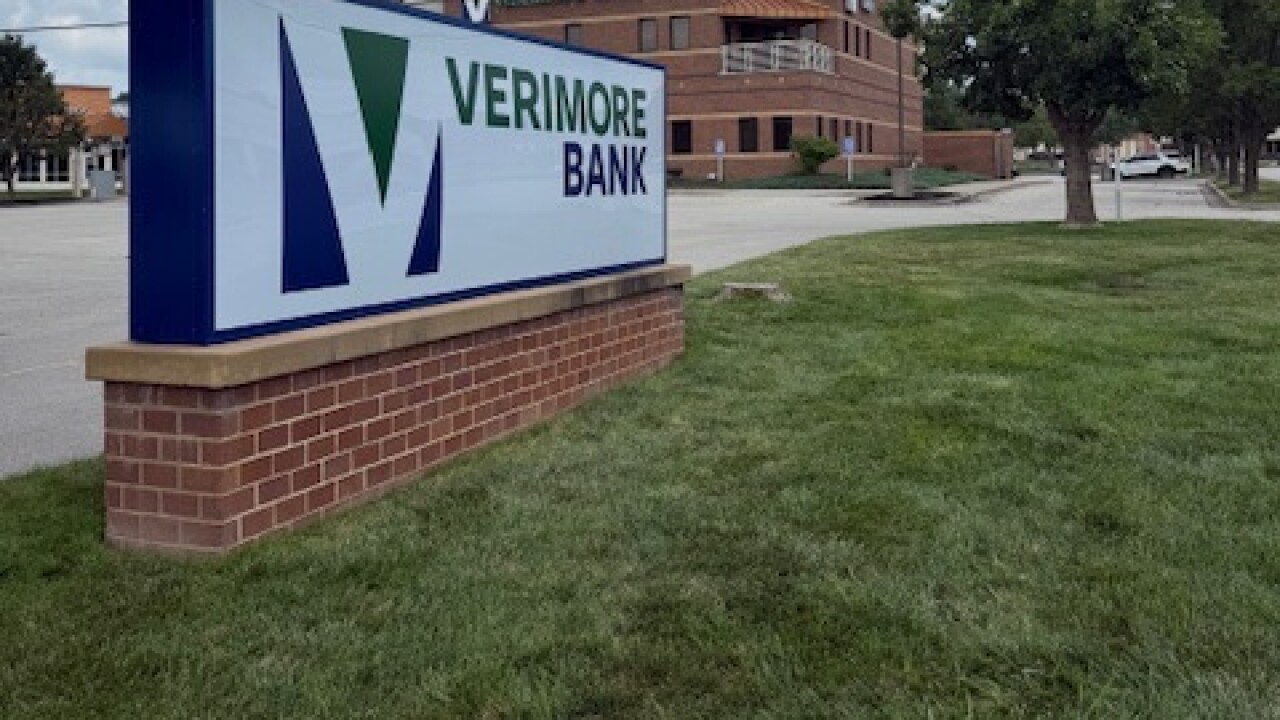Uber is a successful but sharply divisive brand. To some, it's an innovative mobile ride-hailing and payment technology company. To others, it's buried under a mountain of scandals related to
To Capital One, Uber is also an ideal partner for reaching a millennial customer base that would rather pay for everything through an app.
Capital One's already well known for its risky marketing moves. In 2013, the company allowed actor Samuel L. Jackson to use a minor swear word in a televised ad campaign for its Quicksilver card. That ad was "designed to draw attention to
But even the Samuel L. Jackson ad seemed tame by comparison to some of Capital One's earlier spokesmen, from the abrasive comedian
The
Any time a card brand delegates responsibility to others "it is a little risk," said Adil Moussa, payments strategic marketing analyst at Omaha, Neb.-based Adil Consulting. "A partner is a partner, and you really can't control them."
Uber's reputation has plagued it as recently as this March, when UN Women
But Capital One's campaign, which launched last month and runs through April 2016, isn't trying to get anti-Uber consumers to change their minds about the company. Instead, it aims to get Uber devotees to change their spending habits to favor Capital One, or to get consumers who are on the fence about Uber to sign up with their Quicksilver card in hand.
The McLean, Va.-based issuer offers a 20% statement credit for every transaction in which its card is used for Uber rides, in addition to the 1.5% cash-back reward already offered for Quicksilver purchases. New Uber riders also get two free rides if they enroll by the end of June.
Thus, any controversies tied to Uber's reputation are not "a cause of concern" to the issuer, Moussa said. "But I would think Capital One has its risk measured and they believe it is something they could contain."
Uber's reputation did not deter
"Capital One and Uber both share the goal of saving people money through truly innovative products and services, and are committed to simplicity and convenience," said Capital One spokesperson Alli Sherman.
Both companies "focus on bringing innovative technology to market" to create solutions that meet customer needs, Sherman said.
American Express, Capital One or any other card brand targeting millennials with their payment cards and promotions do so with the idea that consumers eventually will interact with customer service, Moussa said.
"That's when the consumers' minds will be made up as to who they want to have as their card provider," Moussa added.
From a payments perspective, Uber has enjoyed a fairly smooth ride. The company burst onto the mobile payment landscape four years ago, introducing Uber mobile app as a seamless way to contact and pay for a ride service with no need to use cash or plastic cards when interacting with a driver for payment.
At the end of an Uber ride, the customer is automatically billed to a payment card linked to the user's Uber account.
The system automates any price changes during high-demand periods, such as holidays, but alerts the customer of those changes its infamous "
The mainstream taxi industry is also receiving attention from fintech vendors. Verifone, for example, partnered with Creative Mobile Technologies to design





